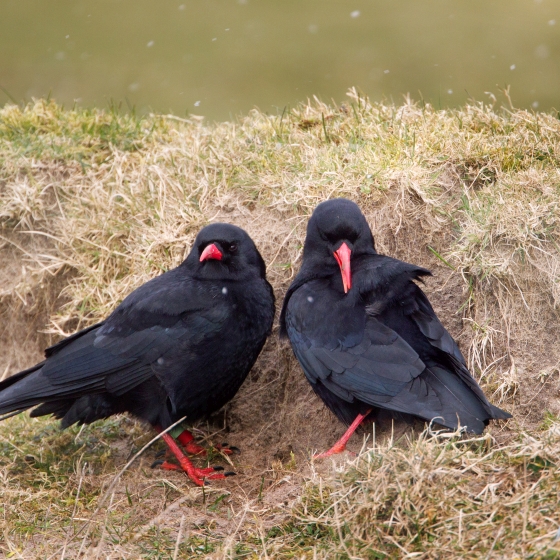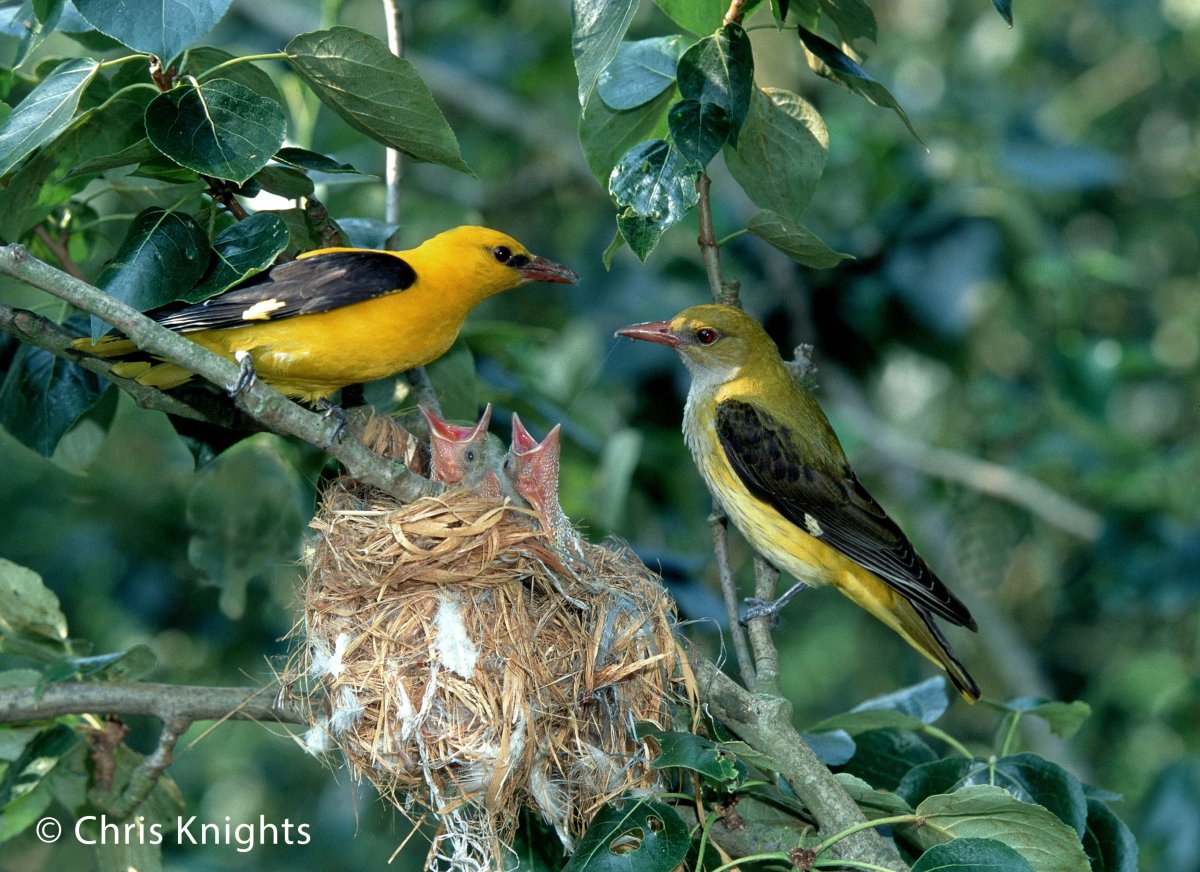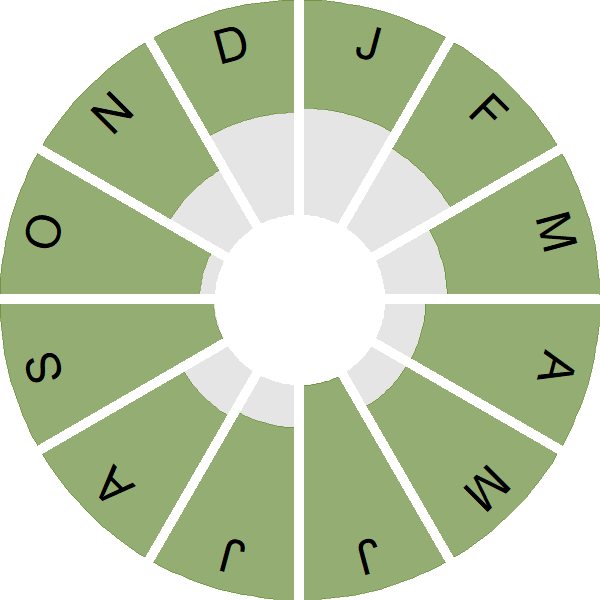Chough

Introduction
Slimmer and more acrobatic than most of the crow family, Chough can be found in western rocky landscapes, from seacliffs to the mountains of Eryri.
Entirely black plumage in adults and juveniles, with a slim, slightly down-curved bill in bright scarlet, and red legs to match. Seen closely, the iris is also dark red in adults. Adults make a high-pitched 'chee-ow' call similar to that of the Jackdaw but distinctly two-syllabled. Juveniles make a somewhat hoarser 'chuff'.
Breeds in coastal caves above the high-water mark, quarry tunnels and sometimes crevices in abandoned stone constructions. Adults can remain faithfully paired for multiple years. The Chough's breeding range is restricted to the far west of Cornwall, western and northern Wales, the Isle of Man, a small number of western Scottish islands and the southern, western and northern coasts of the island of Ireland.

Key Stats
Identification
ID Videos
This section features BTO training videos headlining this species, or featuring it as a potential confusion species.
Corvids
Songs and Calls
Call:
Other:
Status and Trends
Conservation Status
Population Change
This species is monitored by intermittent single-species surveys which include the Isle of Man as well as the UK. The most recent of these in 2014 recorded a total of 433 breeding pairs, an increase of 34% since 1992. The majority of the population (236 pairs) were in Wales and on the Isle of Man (133 pairs). The population in Wales was stable between 2002 and 2014 but the population in Scotland declined by 25% over that same period. In contrast, numbers almost doubled on the Isle of Man (Hayhow et al. 2018).
Distribution
Chough distribution in Britain & Ireland is limited to regions with very mild winters, suitable nest cavities and grazed pastures. Birds present in the breeding season in southwest Scotland had disappeared by the closing field seasons of the Atlas and were not recorded in the winter. With their loss, Scottish Choughs are now restricted to Colonsay, Islay and Jura. In Ireland, except where deep bays are flanked by low-lying shores, the range is near continuous from Co. Donegal to Co. Wexford. There is a small outlying population on Rathlin Island, Co. Antrim.
Occupied 10-km squares in UK
or view it on Bird Atlas Mapstore.
or view it on Bird Atlas Mapstore.
European Distribution Map
Distribution Change
In winter, losses in range were recorded on the Mull of Kintyre and Gigha in Scotland and nearby in Northern Ireland. These changes may be connected because wintering birds on the Mull of Kintyre may have originated from Northern Ireland.
Change in occupied 10-km squares in the UK
or view it on Bird Atlas Mapstore.
or view it on Bird Atlas Mapstore.
Seasonality
Chough is a localised resident and can be recorded throughout the year in suitable habitats.
Weekly pattern of occurrence
The graph shows when the species is present in the UK, with taller bars indicating a higher likelihood of encountering the species in appropriate regions and habitats.

Movement
Britain & Ireland movement
Foreign locations of birds ringed or recovered in Britain & Ireland
Dots show the foreign destinations of birds ringed in Britain & Ireland, and the origins of birds ringed overseas that were subsequently recaptured, resighted or found dead in Britain & Ireland. Dot colours indicate the time of year that the species was present at the location.
- Winter (Nov-Feb)
- Spring (Mar-Apr)
- Summer (May-Jul)
- Autumn (Aug-Oct)

Biology
Productivity and Nesting
Nesting timing
Egg measurements
Clutch Size
Survival and Longevity
Survival is shown as the proportion of birds surviving from one year to the next and is derived from bird ringing data. It can also be used to estimate how long birds typically live.
View number ringed each year in the Online Ringing Report.
lifespan
Survival of adults
Survival of juveniles
Biometrics
Wing length and body weights are from live birds (source).
Wing length
Body weight
Ring Size
Classification, names and codes
Classification and Codes
- Order: Passeriformes
- Family: Corvidae
- Scientific name: Pyrrhocorax pyrrhocorax
- Authority: Linnaeus, 1758
- BTO 2-letter code: CF
- BTO 5-letter code: CHOUG
- Euring code number: 15590
Alternate species names
- Catalan: gralla de bec vermell
- Czech: kavce cervenozobé
- Danish: Alpekrage
- Dutch: Alpenkraai
- Estonian: kaljuhakk
- Finnish: alppivaris
- French: Crave à bec rouge
- Gaelic: Cathag-dhearg-chasach
- German: Alpenkrähe
- Hungarian: havasi varjú
- Icelandic: Bjargkorpungur
- Irish: Cág Cosdearg
- Italian: Gracchio corallino
- Latvian: Alpu varna
- Lithuanian: raudonsnape alpine kuosa
- Norwegian: Alpekråke
- Polish: wronczyk (zwyczajny)
- Portuguese: gralha-de-bico-vermelho
- Slovak: cavka cervenozobá
- Slovenian: planinska vrana
- Spanish: Chova piquirroja
- Swedish: alpkråka
- Welsh: Brân Goesgoch
- English folkname(s): Fire Raven, Red-legged Crow
Research
Causes of Change and Solutions
Causes of change
Agricultural changes such as differing changes to livestock practices could have had both positive and negative effects on local Chough abundance (Johnstone et al. 2007). Fluctuations in Chough numbers in some parts of Wales and on Colonsay (Scotland) have also been attributed to changes in levels of grazing (Hayhow et al. 2018). On the Calf of Man, changes in Chough numbers are correlated with changes in the Sheep and Rabbit population, with both being equally important (McCanch 2000). Analysis of data based on colour-marked individuals from the population on Islay, Scotland found that population changes there were driven primarily by changes in survival of immature birds (and hence recruitment to the breeding population) rather than breeding productivity (Reid et al. 2004).
Publications (2)
Birds of Conservation Concern Wales 4: the population status of birds in Wales
Author: Johnstone, I.G., Hughes, J., Balmer, D.E., Brenchley, A., Facey, R.J., Lindley, P.J., Noble, D.G. & Taylor, R.C.
Published: 2022
The latest review of the conservation status of birds in Wales. The report assessed all 220 bird species which regularly occur in Wales. There are now 60 species of bird on the Red List, with 91 on the Amber List and just 69 - less than a third of the total number of species - on the Green List.
06.12.22
Reports Birds of Conservation Concern

The risk of extinction for birds in Great Britain
Author: Stanbury, A., Brown, A., Eaton, M., Aebischer, N., Gillings, S., Hearn, R., Noble, D., Stroud, D. & Gregory, R.
Published: 2017
The UK has lost seven species of breeding birds in the last 200 years. Conservation efforts to prevent this from happening to other species, both in the UK and around the world, are guided by species’ priorities lists, which are often informed by data on range, population size and the degree of decline or increase in numbers. These are the sorts of data that BTO collects through its core surveys.
01.09.17
Papers


